115 Years, 115 Impactful Moments
Click to play USC Viterbi's 115th anniversary trivia game
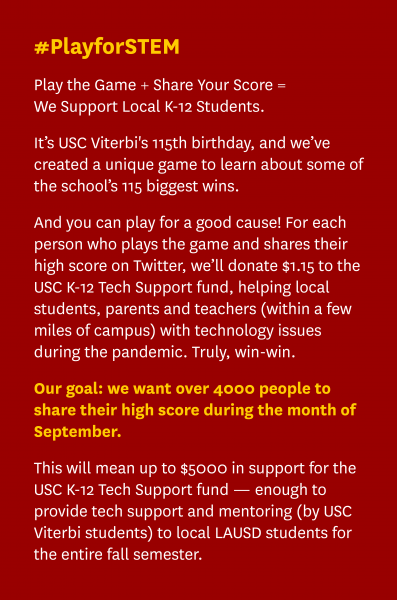 In 1905, USC offered its very first engineering courses out of the physics and mathematics departments.
In 1905, USC offered its very first engineering courses out of the physics and mathematics departments.
One hundred and fifteen years later, the USC Viterbi School of Engineering has a name and a host of accomplishments over the ensuing 11.5 decades.
This past May, Dean Yannis Yortsos, working with USC Viterbi vice deans, chairs, and select senior faculty, sought to identify 115 amazing USC Viterbi accomplishments by faculty, students and alumni over that span of time. This list would span all eight departments, the famed USC Information Sciences Institute and various programs of the school.
This list, like many of its kind, suffers from a clear recency bias. It is by no means the definitive list of all the USC Viterbi School’s noteworthy accomplishments! However, despite these limitations, perhaps it will serve as a helpful primer on what George Bekey, USC Viterbi professor emeritus, once called the school’s “remarkable trajectory.”
Test your knowledge of these USC Viterbi “wins” in a “Who Wants To be A Millionaire”-style interactive game above.
Or, for those who prefer to dive right in…the full list of 115 accomplishments for 115 years awaits.
Biomedical Engineering
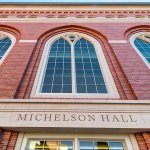
In January 2014, a new epicenter for convergent biosciences is revealed at USC.
The first gift, from Gary and Alya Michelson, established the Michelson Center for Convergent Bioscience (the largest building on the University Park Campus). Six years later, Allen and Charlotte Ginsberg’s donation established the Dr. Allen and Charlotte Ginsburg Human-Centered Computation Building, designed to also house the Department of Computer Science. These two visionary gifts build upon the wet labs in nearby Irani Hall to form a “Convergence Plaza,” where engineers, scientists and doctors can come together to tackle the most pressing issues in healthcare.

In 1998, thanks to a generous donation by Alfred Mann, USC established the Alfred E Mann Institute for Biomedical Engineering (AMI) to transform scientific discoveries into useful products.
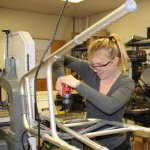
In 1976, USC established the Department of Biomedical Engineering, the first such program in the state to offer bachelor, master and Ph.D. degrees.
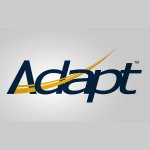
The USC Biomedical Simulations Resource (BMSR), USC Viterbi’s longest continuously funded NIH-research center, has since 1985 produced software like ADAPT, used in the development of Herceptin – the first biologic developed for the treatment of breast cancer, as well as Rituxan for treating non-Hodgkin’s lymphoma.
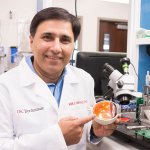
After 25 years of research, Mark Humayun’s Argus 2 device became in 2013 the first FDA approved artificial retina in the United States to restore sight to the blind.
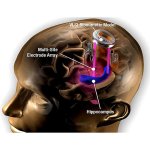
In 2011, Professor Ted Berger’s brain implant became the first medical device in the world to restore lost memory function and strengthen recall. The MIT Technology Review later named it as one of the “10 Breakthrough Technologies of 2013.”



